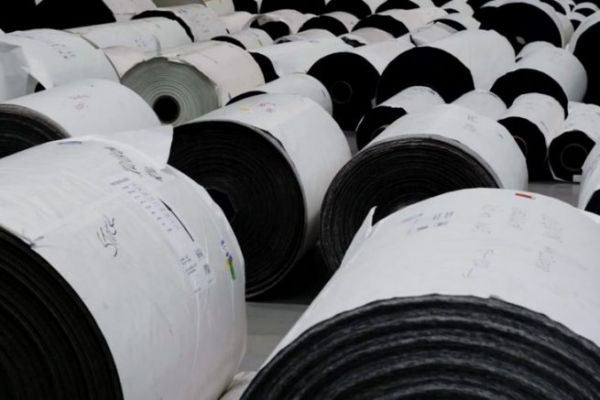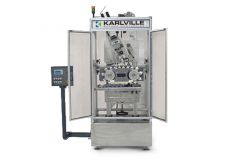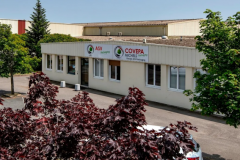When an innovation leaves a manufacturer's industrial perimeter, it can sometimes create value elsewhere. This is what James Cropper, a British group specializing in advanced materials and paper and packaging and listed in London, has just done with the sale of a manufacturing process designed by its innovation center. The buyer, whose identity was not disclosed, is presented as an unrelated industrialist operating in the engineering sector. No details were provided on the uses to which this technology will be put outside the Group.
The agreement provides for an initial payment of 1.75 million euros, plus a further sum of up to 250,000 euros if a European patent is granted before the end of 2030.
A public but confidential agreement
James Cropper specifies in his press release that he retains the right to use the sold process free of charge for his own production lines. The British company, with sales of 103 millions de l ivre sterling (121 million euros) will also be entitled to receive royalties proportional to the revenues generated by the exploitation of this technology in the paper, board, pulp and tissue products sectors. This mechanism is spread over nine years and is capped at 2.2 million euros.
The financial terms are public, but the final destination of the technology, as well as its exact field of application in another industrial sector, remain unknown.
Enhancing value without total disengagement
In the release, David Stirling, managing director of James Cropper, states: "I am delighted that we have been able to generate and realize significant value from the technology developed by our Centre for Innovation. It will be used to support the Group's growth strategy. This transaction allows us to retain the benefits of these non-strategic developments, while offering additional revenue potential over the next nine years."








